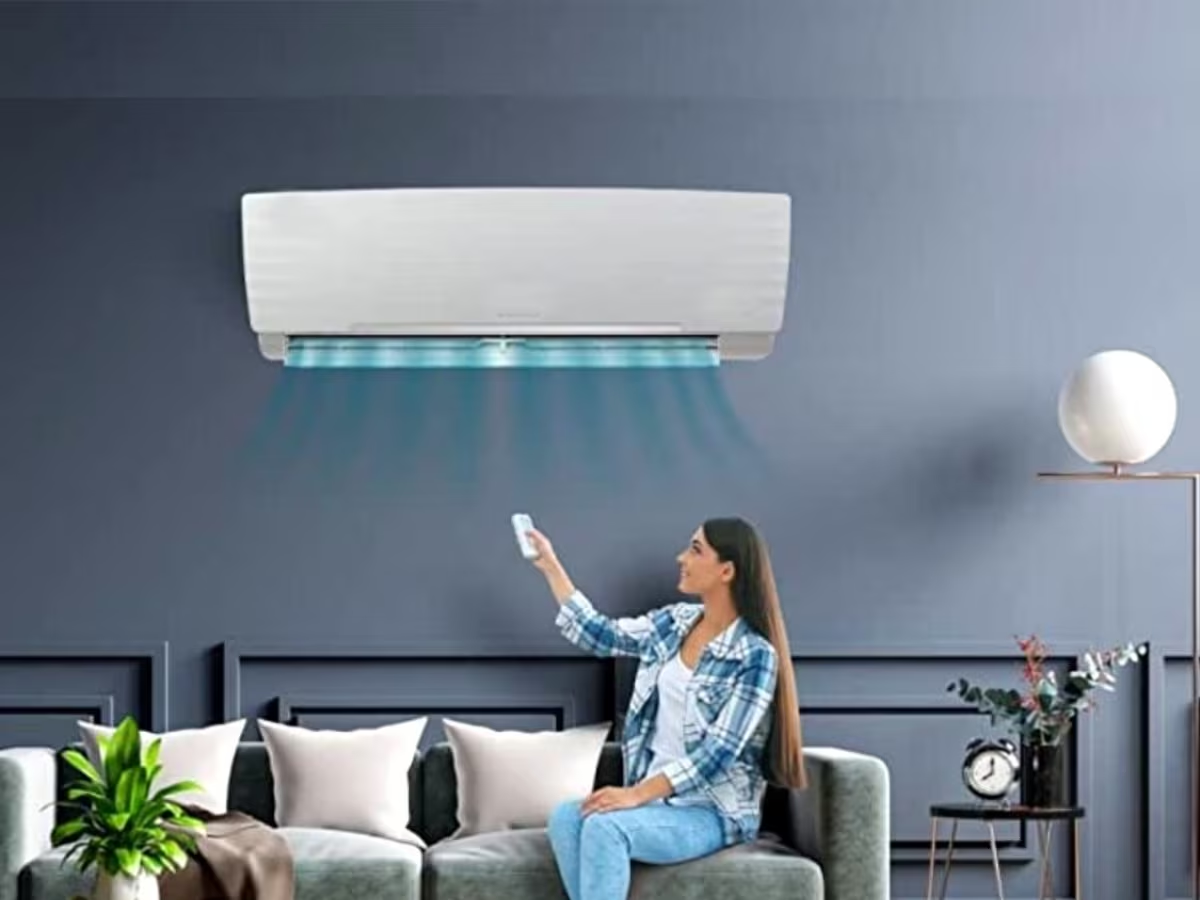Window AC vs. Split AC: If you are in the market to buy a new AC for your home, choosing the right one can become overwhelming with so many possibilities on the internet. With the advancement of time and technology, current ACs have evolved with new features that have significant implications on cooling capacity and power consumption. In this article, we will update you on the most important things to look out for when shopping.
Window AC vs. Split AC: What to Buy
One of the first choices while purchasing an AC is whether to purchase a Window AC or a Split AC. Both have pros and cons.
Window AC – This model comes in a compact unit with all the parts bundled within, which makes it easy to install and maintain. But they are noisy compared to Split ACs.
Split AC – Split AC consists of two units (outdoor and indoor), which means less noise. Installation is complex and costly, and maintenance is higher than Window ACs.
Selecting the Right AC Capacity
Step one is to select the AC type. If that is completed, then the cooling capacity comes. It is mentioned in tons, i.e., the capacity or capability of cooling. The common ones are 1 Ton, 1.5 Ton, and 2 Ton.
The larger number of people a room can hold and the larger a room is, the larger capacities are required as the larger is the capacity for efficient cooling.
Inverter AC vs. Non-Inverter AC: How Are They Different
One should be aware of what makes inverter and non-inverter technology different to choose an energy-saving option.
Inverter AC – Inverter ACs are power efficient as they control the speed of the compressor according to the cooling required. They chill larger areas quicker and provide uniform temperatures effectively. Variable Frequency Drive (VFD) technology is utilized by inverter ACs to reduce the usage of power.
Non-Inverter AC – They operate at a constant speed and consume more electricity. They cool a room slowly and are less energy-efficient than inverter ACs.
Energy Star Rating: A Consideration
Always check the BEE (Bureau of Energy Efficiency) Star Rating before the final buying decision. The rating is from 1 star to 5 stars, with the highest being 5-star ACs, which are the most energy-efficient, saving electricity cost.
Installation and Warranty Factors
Installation – Window ACs are simple and less expensive to install than Split ACs, which need to be installed by professionals.
Warranty – All companies provide 1-year warranty for the AC unit and 5-year warranty for the compressor. Always see warranty conditions while buying.
Other Features to Check
New ACs have some new features that add convenience and efficiency:
Smart ACs – WiFi ACs can be controlled by smartphone apps, with remote control.
Air Purification Filters – Certain ACs have filters that aid in removing allergens and dust from the air, enhancing the quality of indoor air.
Dehumidifier Mode – Assistance in decreasing the level of moisture, making the room comfortable during monsoons.
Keeping these in mind, you can rest assured that you opt for an AC that offers maximum cooling without compromising on electricity bills.
